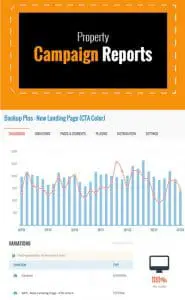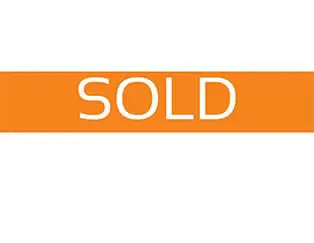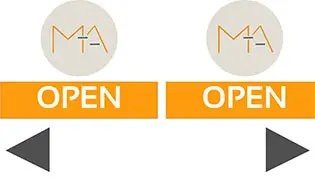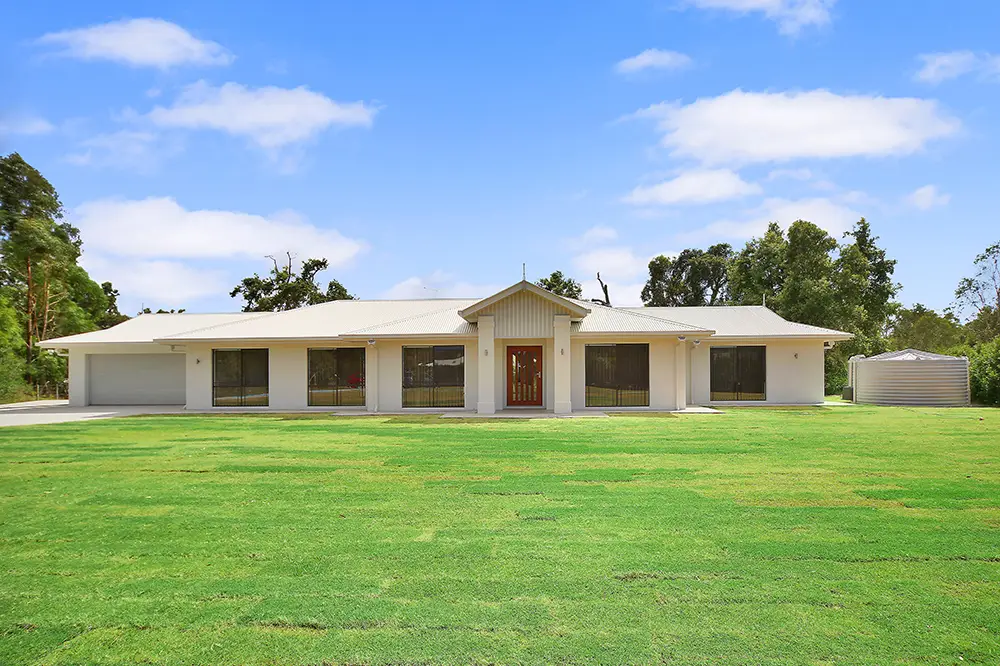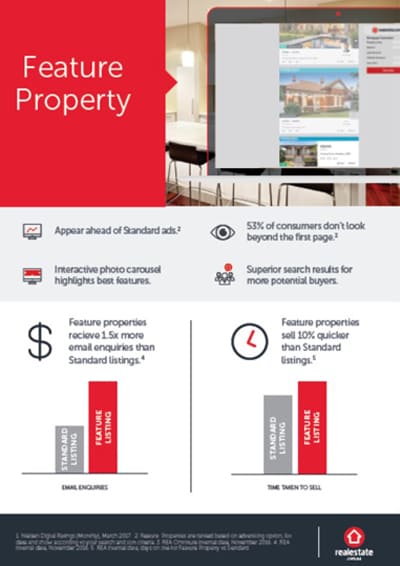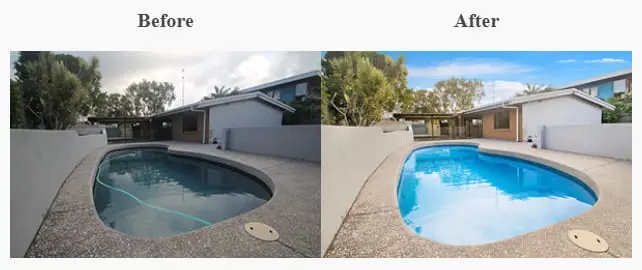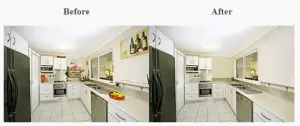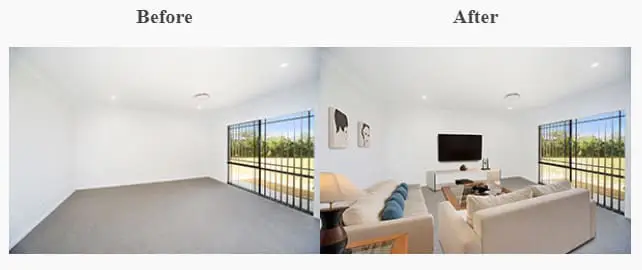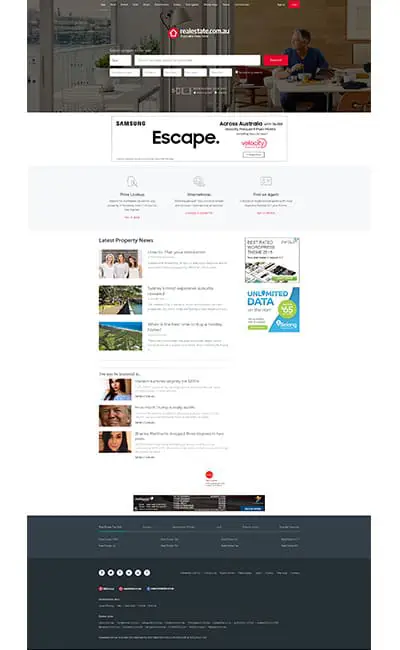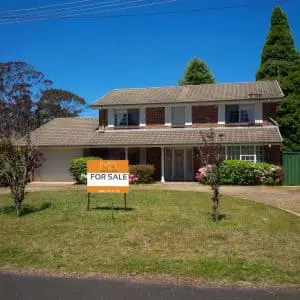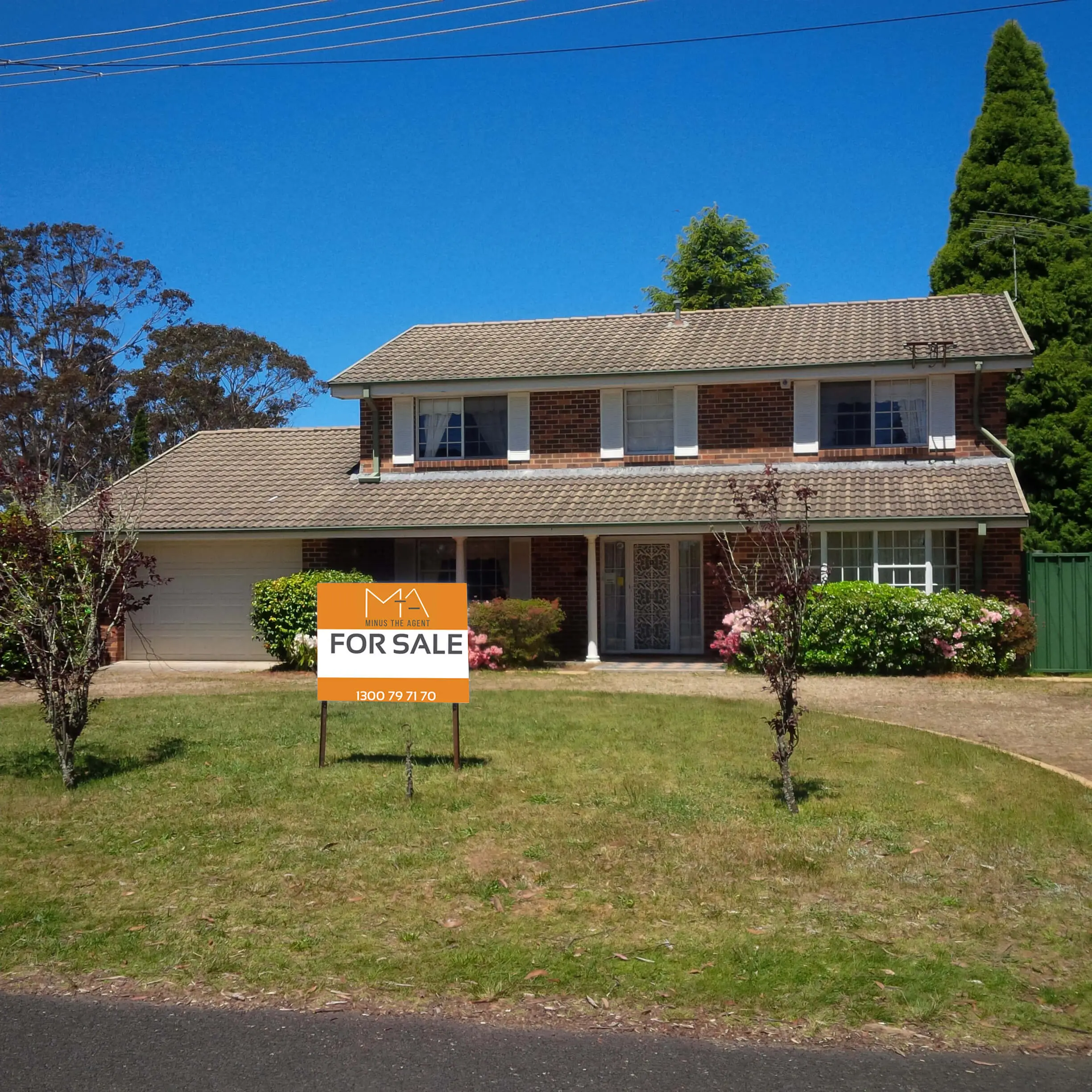Real Estate in South Australia
In case you’d like to sell privately in South Australia, the main thing to consider is whether you are legally allowed to offer your property without an Agent. Yes, you definitely can. In case you’re concerned about this, you can affirm it with South Australian Consumer and Business Services. Following are the steps to getting it done:
Step 1: Preparing the contract of sale
The first step is to guarantee that you have your contract of sale drawn up by your lawyer or conveyancer before publishing your property available to be purchased. This will include the Vendor’s Statement (called a Form 1) which incorporates subtle elements of the property title, remarkable home loans, contracts, easements, zoning and outgoings. In your agreement indicate if any chattels are to be excluded, for example, pot plants or machines. Dishwashers, range hoods, curtains and blinds are usually included.
The Vendor’s Statement must be given to a private treaty buyer at least 10 clear days before settlement.
Step 2: Pricing
It is illegal to misrepresent the property’s sale price. The selling price cannot be less than that quoted by the agent or the minimum amount you would accept. To research your price, you can:
-
Look for comparable sold properties and for sale properties online such as http://www.realestate.com.au.
-
Get a valuation from an independent property valuer.
-
Ask for a property valuation estimate or range from real estate agents.
Step 3: Open Homes and Private Inspections
You will probably need to allow purchasers to review the property through open homes or private inspections once the property is advertised. Potential purchasers may therefore request a copy of the contract of sale. Right now (or on demand), you should give potential purchasers a duplicate of the Buyers Information Notice (‘Form R3’), available
at: http://www.sa.gov.au/ . You can supplement this with the ‘Assessing suitability of a property statement’, downloadable here: http://www.sa.gov.au/ .
Step 4: Receiving the offer
Every offer and counter-offer must be put in writing and signed. Buyers may add an expiration clause to the sale contract so that the offer lapse after a period of time if the seller has not signed by a specific date. Have your lawyer or conveyancer examine any progressions made by the purchaser to the sales contract. In the event that somebody makes you an offer on your property you may only take a holding deposit of up to $100. This ought to be held in your lawyer’s trust account or a trust account and to be returned if the offer is rejected.
Step 5: Signing the contract
The following step in the lawful procedure of selling a property in SA is for you and the purchaser to both sign the contract of sale. Two copies of the agreement are required, one for you to sign and one for the purchaser to sign. You should sign your copy, and give it is to the buyer to sign also. From now on, you could consider marking your property as “Under Contract” on various sites, however it is recommended to keep a record of all enquiries from other possible buyers just in case the deal falls through.
Step 6: Exchange
Exchange implies that both you and the purchaser have signed a copy of the contract of sale and have exchanged the contract with each other. Exchange doesn’t really need to happen face to face, it could be by means of mail or by means of a third party, for example, your conveyancer. Remember that you and the purchaser aren’t lawfully bound until all copies of the agreement have been signed and exchanged.
Step 7: Cooling Off
In SA, the purchaser is qualified for a cooling off period of two business days. This initiates from when the purchaser signs the contract of sale and receives the vendor statement. At this time, the purchaser can cancel the sale but will forfeit the holding deposit.
To pull back from a deal, the purchaser must complete a signed cooling-off notice and convey it to the seller or their agent via registered post, fax or in person.
After the expiration of the cooling-off period, the amount of the deposit is payable by the purchaser and ought to be held in trust until settlement happens (e.g. 10% of the purchase price less holding deposit). Once the deal has genuinely exchanged, you can go on and mark it as sold on the sites.
Step 8: Settlement
You and the purchaser will consent to a settlement date once the contract has been signed. Settlement is generally 6 weeks after exchange yet both parties can agree to a different period. At settlement the purchaser “settles” their purchase by paying the whole amount. They should likewise repay the cost of the building and compliance inspection report, and pest examination report. In case you’re using a lawyer, they may meet with the purchaser’s solicitor to guarantee they have everything required for the deal to continue.
Selling via Auction
It is advisable to book your Auctioneer before posting your property, so that the date and time can be incorporated into any advertising.
The merchant’s statement (Form 1) and purchaser’s information notice (Form R3) must be accessible for review for no less than three business days before the auction at the auctioneer’s or agent’s office, and must be in plain view at the sale for no less than 30 minutes prior to the auction begin time. The reserve price can’t be more than 110% higher than the value you expressed in the sales agency agreement in the event that you are using an agent.
The property is considered sold once the reserve price is met or surpassed. If no reserve was set, then the highest bidder wins at any price. There is no cooling-off period for a property sold at auction and the contract of sale is unconditional. Settlement happens in a similar manner as for a private treaty sale.
Settlement happens in a similar manner as for a private treaty sale.







